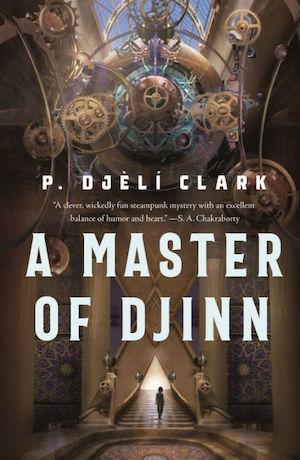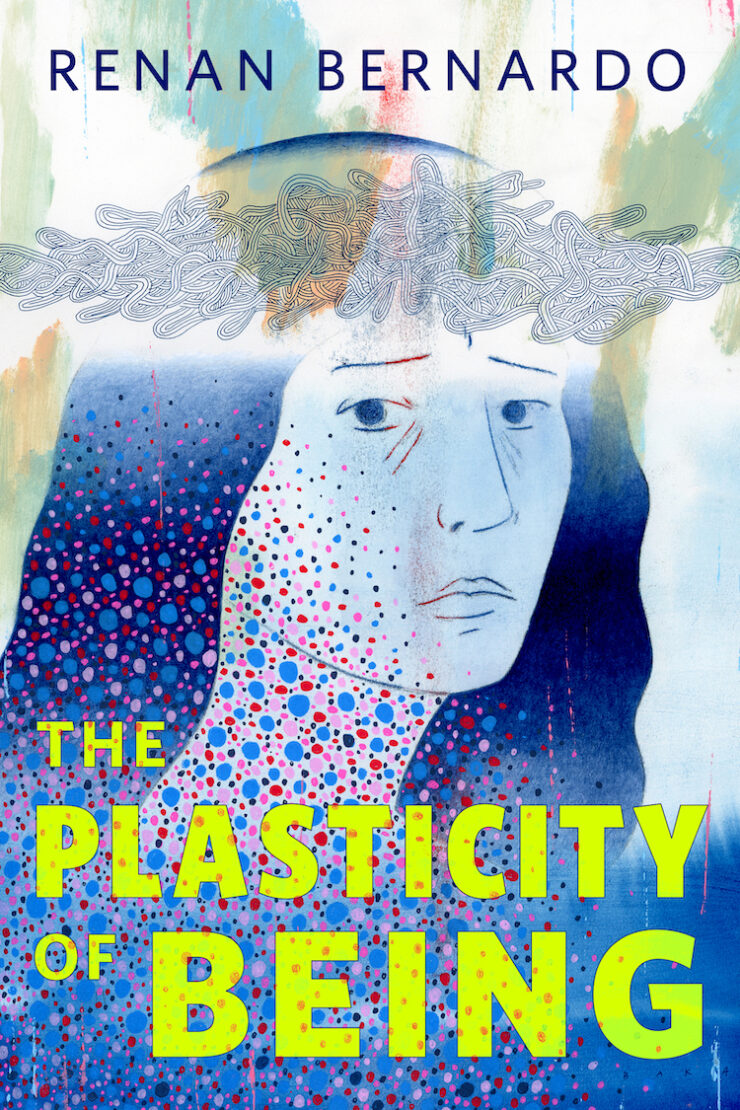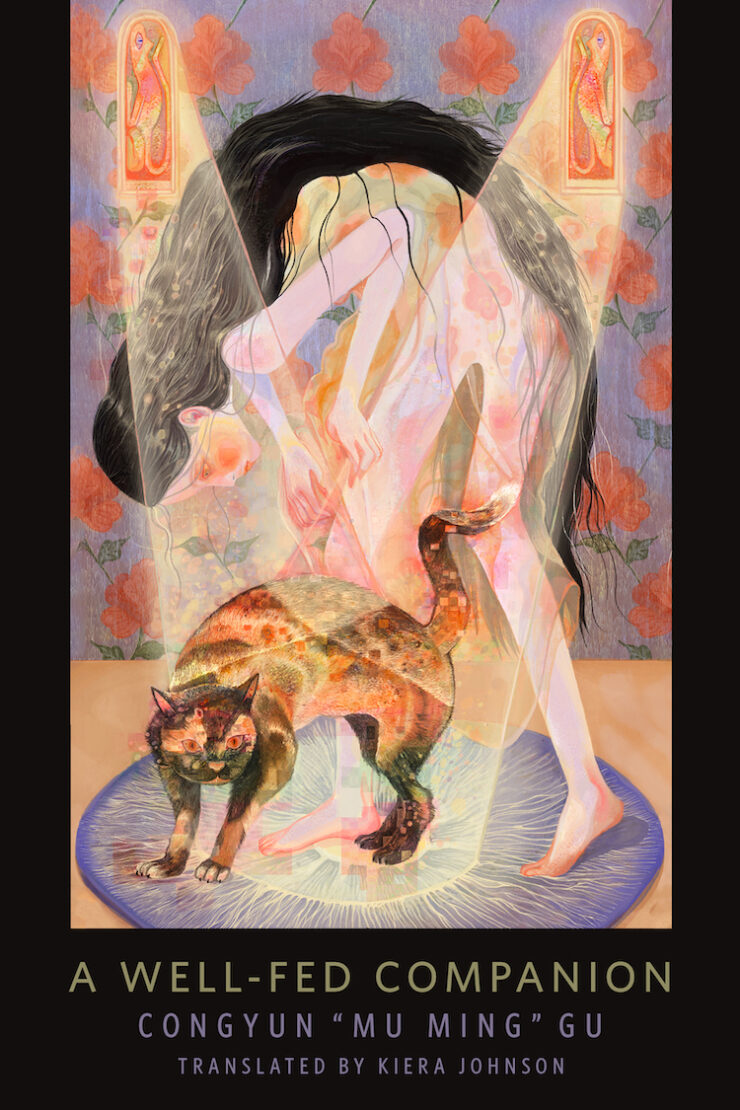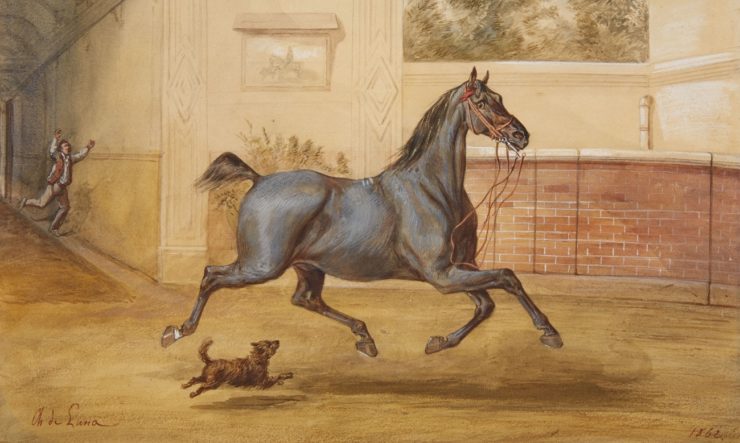Last time I talked about how humans can tell when animals are communicating (whether with us or with each other), and how we can learn to understand at least some of what they’re trying to say. That’s hard for a verbally focused human, but can be essential for the human’s safety. Almost nothing an animal does comes out of the blue–they’re quite clear about their intentions. The problem is with the human’s ability to see and interpret those intentions.
This speaks (in a manner of speaking) to a wider issue with humans’ relationship to the world. All too often we don’t even realize how much we’re missing, or that there’s anything to miss. We plow on through, doing what we want to do, and using animals, or abusing them, just because we can.
Those of us who are writers have a strong vested interest in waking up to what’s around us and paying attention. Even beyond the question of personal safety and moral conduct, our writing benefits from it. We see more, and understand more. And that makes our writing deeper, more complex, with more range and variety of characters, setting, theme, worldbuilding, all those good things.
One of the most frequent comments I make when I’m editing clients’ mss. is, “Think this through.” In first draft, when the priority is to get something down, anything, just to keep things moving and keep the words coming, what’s there can be quite rudimentary. Characters say what they have to say at that particular moment, whether or not it matches what they said in previous scenes or even paragraphs. Events happen because that’s what the plot needs to happen.
But when it comes time to revise, that’s when the writer has to think about the ramifications. Why does this happen here? How does it follow from what’s happened before? What effects will it have on what happens after?
Buy the Book


A Master of Djinn
This means paying attention. Knowing what questions to ask, and how to frame the answers in the larger context of the story, as well as within the sentence or paragraph or scene.
Interacting with animals is good practice for this. When we’re around our fellow but nonhuman sentients, we have to be more aware. To notice things above and beyond the obvious. To understand sometimes quite complex nonverbal communication.
In a herd of horses (or a pack of dogs, or a clowder of cats), everything is context. Where each horse is standing, and how he or she stands. Angle in relation to each other and the landscape around them. Body posture: head up or down or neutral, ears forward or back or in between, eyes wide or shut, staring or blinking, nostrils flared or pinched, lips and jaw slack or clenched tight, tail quiet or flicking at flies or lashing in temper, front feet still or pawing or stamping, hindlegs relaxed or restless or lashing out…
There is so much to be aware of. So many options. So many combinations–and almost nothing has to do with vocalizations.
Horses aren’t always perfectly aware, either. They can fall asleep or check out mentally–but something will always call them on it. Another horse moving into their space, or a predator erupting from ambush, or something as simple (to human perception) as a gust of wind rustling the grass, or a bird taking wing.
Then the horse bursts into awareness, and usually into flight, because, after all, they are a prey animal. Horses do not like surprises. Surprises can kill.
There’s a lesson in this for the human. And for the writer, really paying attention, really noticing what’s going on, can be a figurative as well as a literal life-saver.
Judith Tarr’s first novel, The Isle of Glass, appeared in 1985. Since then she’s written novels and shorter works of historical fiction and historical fantasy and epic fantasy and space opera and contemporary fantasy, many of which have been reborn as ebooks. She has even written a primer for writers: Writing Horses: The Fine Art of Getting It Right. She has won the Crawford Award, and been a finalist for the World Fantasy Award and the Locus Award. She lives in Arizona with an assortment of cats, a blue-eyed dog, and a herd of Lipizzan horses.










